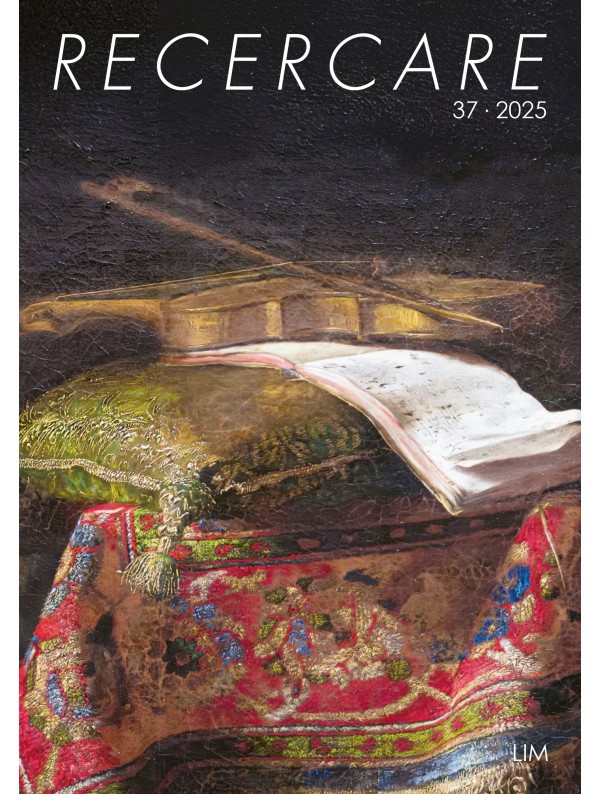Rethinking the chronology of the Italian Ars nova.
II – The long life of the Trecento repertory in late fifteenth-century Siena
Abstract
The musical period conventionally referred to as the Italian Ars nova is normally characterized by the advent of the Trecento mensural notation and a predominantly polyphonic repertoire designed to enhance its application. However, the scarcity of documentation and the survival of sources only up to 1410–1415 have led scholars to view it — according to Nino Pirrotta’s evocative metaphor — as "an island appearing on the horizon after a long voyage through centuries of silence and obscurity. The sudden and brilliant rise of this island delights us, but as we near it and are able to make out the configuration of its shore line, we see that after it there is another expanse of silence and obscurity separating it from the larger and more solid continent, the
music of the Italian Renaissance."
The ongoing exploration of this shadowy area, further supported by significant discoveries, has nevertheless allowed us to shed new light on the tradition and performance of this repertoire, enabling us to demonstrate that the Italian Ars nova actually had a much longer-lasting persistence and a more fluid course than previously supposed. In the following articles, we will present two emblematic cases: one focusing on the vitality of Trecento music, especially through to the oral knowledge of its religious contrafacta, at least until the end of the fifteenth century; the other showing the clear preponderance of the Ars nova repertoire in a 1486 Sienese capitolo ternario, constructed with quotations of musical incipits.
##submission.downloads##
Pubblicato
Versioni
- 2025-10-13 (2)
- 2025-10-02 (1)





